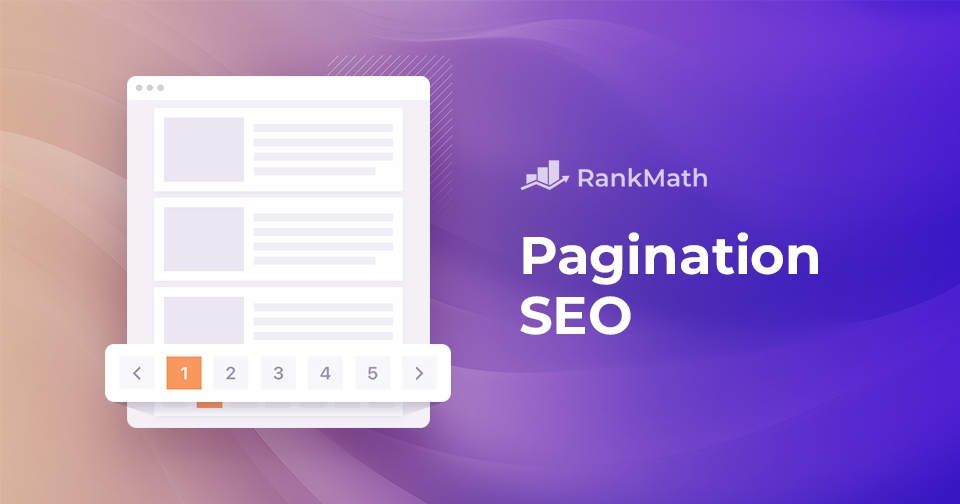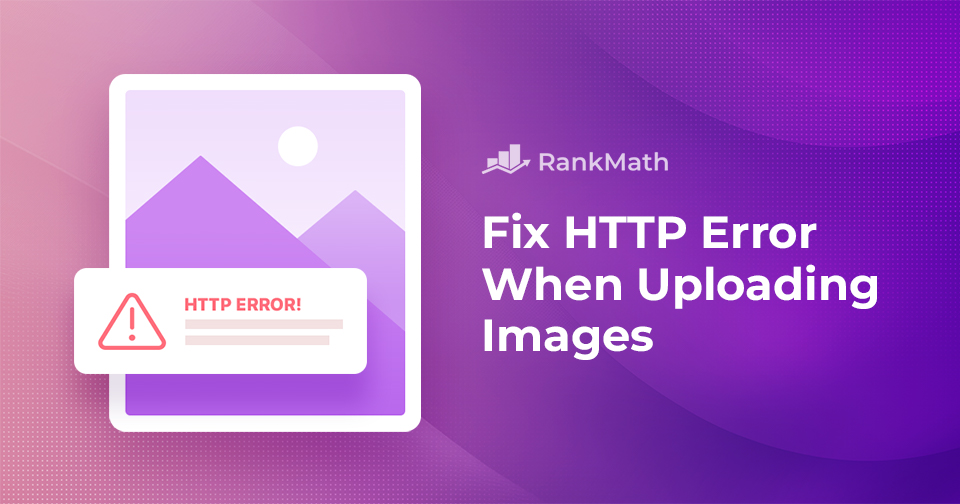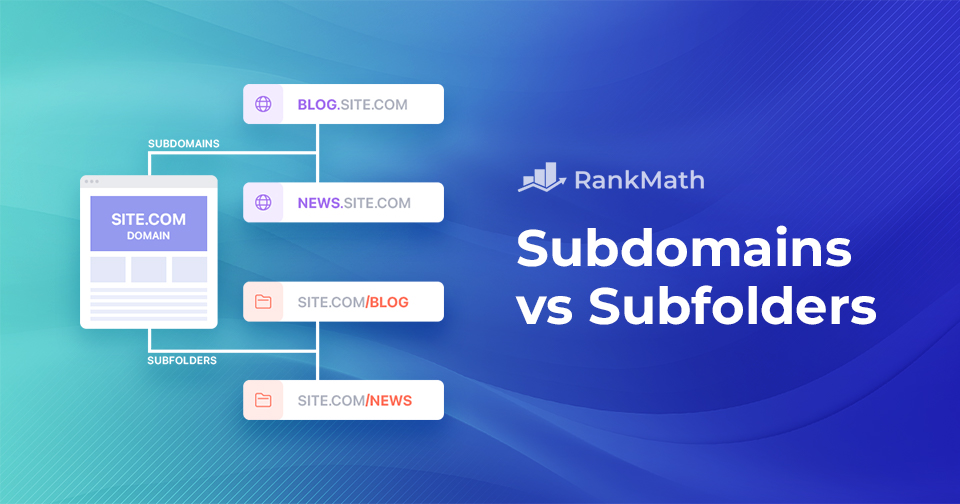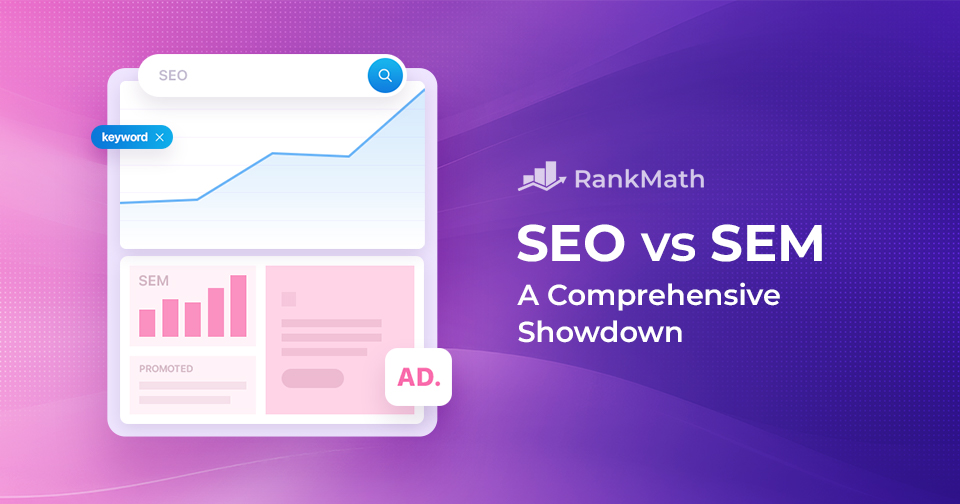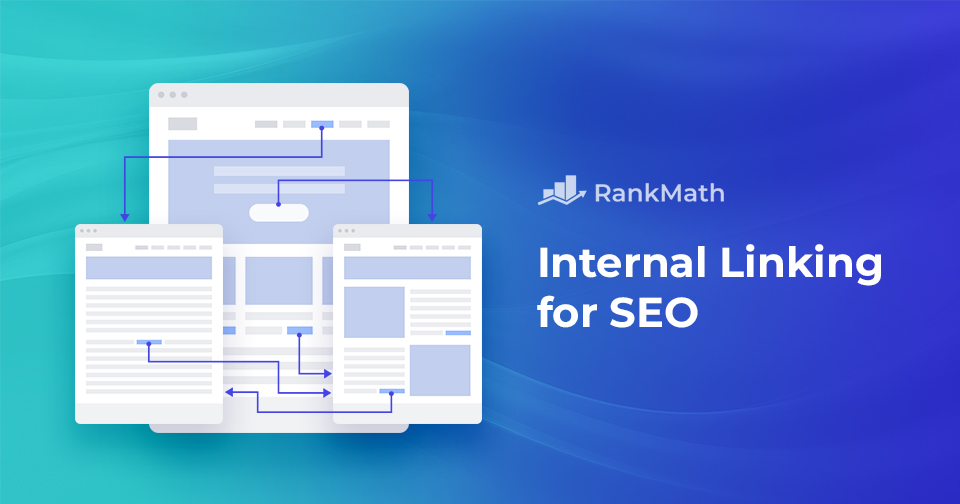Pagination SEO: Optimize Your Site for Better Search Rankings
Have you ever found yourself endlessly clicking through pages, just trying to find the content you need on a large website? It can be frustrating, right?
That’s exactly where pagination helps. It breaks up long lists of content into manageable pages, making it easier for you and your visitors to navigate.
But here’s the thing: pagination isn’t just about usability. If it’s not done right, it can confuse search engines and hurt your SEO.
That’s why in this post, we’ll walk you through how to implement SEO-friendly pagination, so your content is not only easier to browse but also easier for search engines to crawl, index, and rank.
So, without any further ado, let’s get started.
Continue Reading